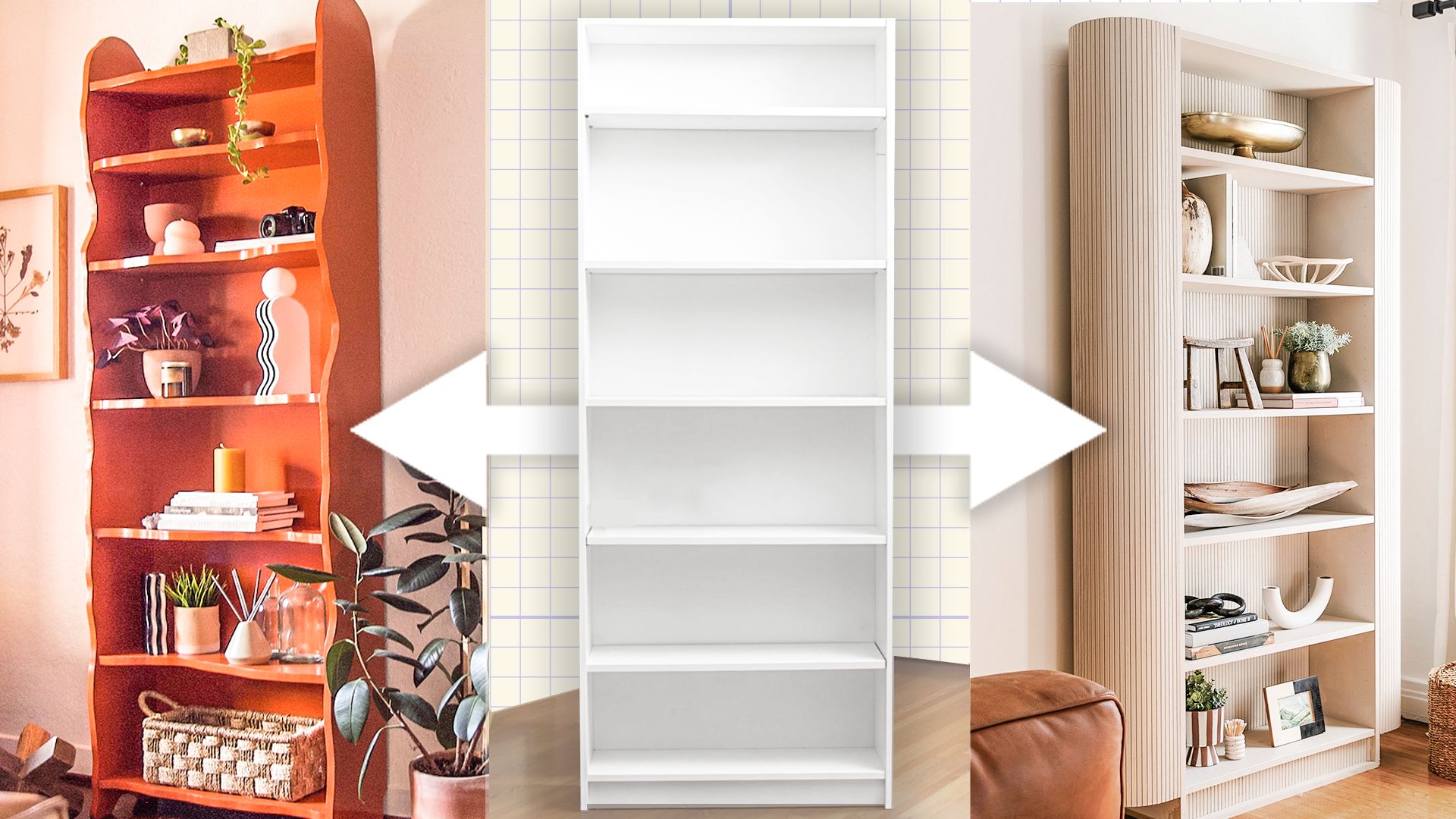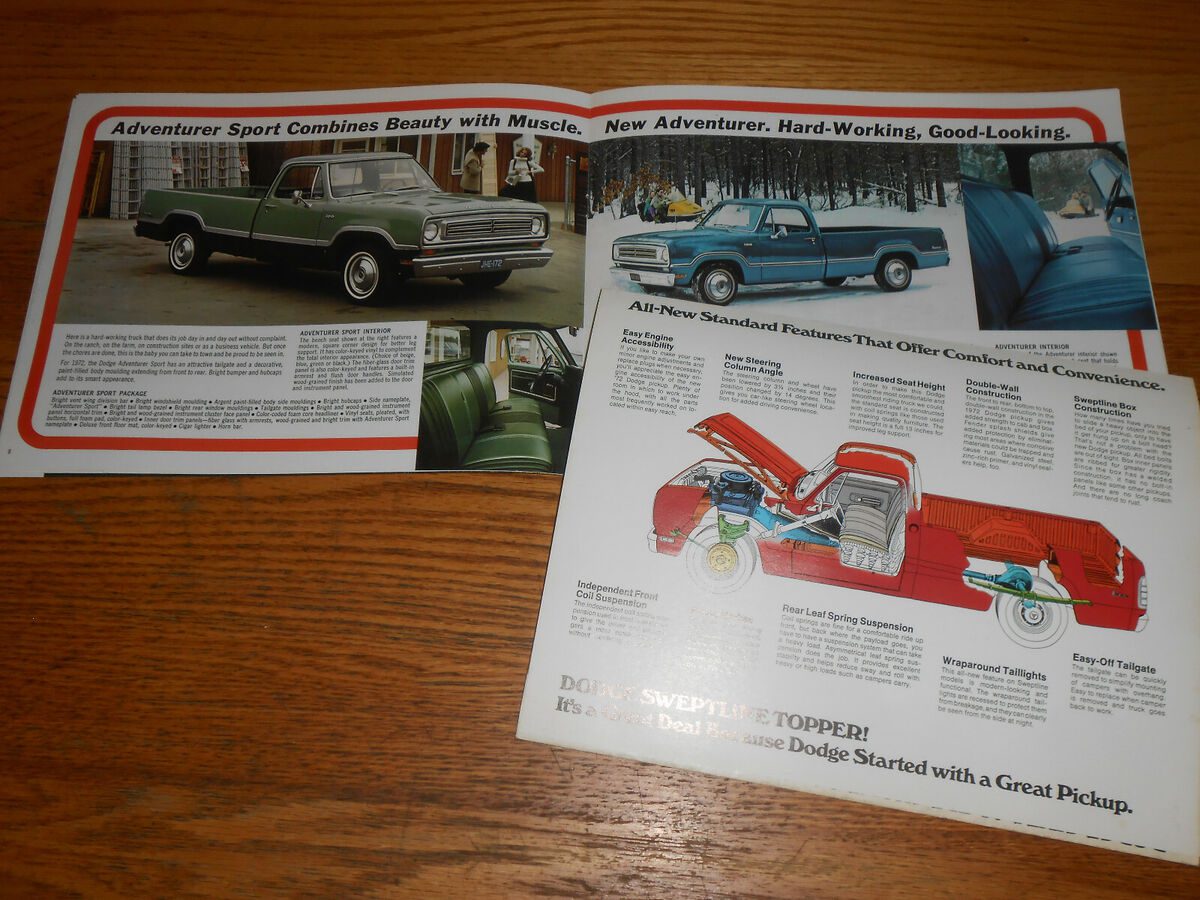Repainting car interior can freshen up the look of your vehicle. This process involves removing trim, sanding, priming, and applying paint to achieve a desired finish.
If you’re looking to revamp the interior of your car, repainting can be a cost-effective way to do so. Whether you want to change the color, cover up scratches and stains, or simply refresh the existing paint, repainting allows for customization and personalization.
With the right tools, materials, and techniques, you can achieve professional-looking results and enhance the overall aesthetics of your car’s interior. A carefully executed repainting project can transform your vehicle’s interior and give it a whole new lease on life. Make sure to follow proper preparation and application steps to achieve a durable and long-lasting finish.

Credit: www.architecturaldigest.com
Choosing The Right Paint
When selecting paint for car interiors, identify surface type before choosing the appropriate paint for optimum adhesion.
Consider the variety of color options available to customize the interior of your car to suit your style preferences.

Credit: www.caranddriver.com
Preparation And Cleaning
Surface Preparation
- Remove all items from the car interior.
- Use a mild detergent and water to clean the surfaces.
- Sand the surface lightly to create a smooth base.
- Apply a primer to enhance paint adhesion.
Cleaning Techniques
- Vacuum the interior to remove dust and debris.
- Use a microfiber cloth for wiping down surfaces.
- Apply a car interior cleaner for tough stains.
Masking And Protecting
When working on repainting the interior of a car, one of the most critical stages is masking and protecting. This step ensures that the areas you don’t want to paint are shielded from overspray or accidental paint application, preserving the cleanliness and integrity of components such as the dashboard, seats, and other interior surfaces.
Interior Protection
Interior protection is a vital part of any car interior repainting project. It involves the careful covering and shielding of various components to prevent unwanted paint application. This not only preserves the aesthetics of the interior but also ensures that no damage occurs to the functioning of these components.
Masking Components
Masking components is a detailed process that involves the use of specialized masking tape, paper, and plastic sheeting to cover different areas. This includes the dashboard, steering wheel, seats, door panels, and any other part that should remain free from paint. Proper masking ensures that only the desired areas are painted, resulting in a professional and clean finish.
Applying The Paint
Now that you have properly prepped and primed your car interior, it’s time to move on to the fun part – applying the paint! This is where your skill and technique will really shine, giving your car’s interior a fresh and vibrant new look. In this section, we will explore the different spray techniques and the correct way to apply each coat of paint.
Spray Techniques
To achieve a smooth and even application of the paint, it is important to master the various spray techniques. Here are a few techniques that professionals use:
Round Pattern
The round pattern technique involves spraying the paint in a circular motion. This technique is ideal for smaller, detailed areas such as the dashboard or console. Remember to hold the spray can about 6-8 inches away from the surface to prevent overspray.
Side-to-Side Motion
The side-to-side motion technique is perfect for larger areas like the car seats or door panels. Begin by spraying the paint in one direction, then move the can smoothly from side to side, overlapping each stroke slightly. This ensures even coverage and eliminates any streaks.
Coat Application
When applying the paint, it is crucial to apply multiple thin coats rather than one thick coat. This allows the paint to adhere properly and reduces the risk of drips or unevenness. Follow these steps to apply each coat:
- Hold the paint can in an upright position and shake it vigorously for around 1-2 minutes to ensure the paint is well mixed.
- Begin by applying a light mist coat. This initial coat provides a base for the subsequent coats to adhere to.
- Allow the mist coat to dry for the recommended time stated on the paint can.
- Apply subsequent coats using the spray techniques mentioned above, ensuring each coat is light and even.
- Allow each coat to dry completely before applying the next one.
- Continue applying coats until you achieve the desired color and finish.
Congratulations! You have successfully applied the paint to your car’s interior. Now, allow the paint to cure for the recommended time before reassembling your car. Soon, you’ll be cruising in a freshly painted interior that looks showroom-ready!
Finishing Touches
Enhancing your car’s interior through repainting can give it a vibrant, refreshed look. Consider applying new colors or touch-ups to worn-out areas for a polished finish. This simple yet impactful step can significantly elevate the overall appeal of your vehicle’s interior.
Polishing
Once you have finished repainting the interior of your car, it’s time to move on to the finishing touches. One important step in achieving a professional and polished look is polishing the newly painted surfaces. Polishing not only enhances the shine, but also helps to remove any imperfections or swirl marks that may have appeared during the painting process. To get started with polishing, you will need a rotary or dual-action polisher, a foam or microfiber polishing pad, and a high-quality automotive polish.
Begin by applying a small amount of polish to the pad and spreading it evenly across the surface you want to polish. Using slow and controlled movements, work the polish into the painted surface, focusing on one section at a time. Apply only light pressure to avoid damaging the paint. Once the polish has been applied, buff the surface with a clean microfiber cloth to remove any excess product and reveal a glossy finish. Don’t forget to repeat this process on all painted areas to ensure a consistent and flawless look.
Sealing The Paint
After polishing, it is crucial to seal the paint to protect it from external elements and maintain its shine over time. Sealing the paint creates a barrier that prevents water, dirt, and UV rays from causing damage to the newly painted surfaces. There are various options available for paint sealer, including spray-on sealants and liquid waxes. Choose a formula specifically designed for automotive use and follow the manufacturer’s instructions for application.
To seal the paint, start by thoroughly cleaning the surfaces to remove any dust or residue. Once the surfaces are clean and dry, apply the sealer using a foam applicator or a soft microfiber cloth. Work in small sections, applying the sealer in a thin and even layer. It is important to buff the surface gently after each application to ensure proper coverage and a smooth finish. Repeat this process until all painted areas are properly sealed.

Credit: www.newyorker.com
Frequently Asked Questions For Repainting Car Interior
How Much Does It Cost To Repaint A Car Interior?
The cost of repainting a car interior can vary depending on several factors such as the size of the vehicle, the extent of the repainting required, and the quality of materials used. On average, you can expect to pay anywhere from $500 to $2000 for repainting a car interior.
It is recommended to get quotes from multiple professionals to compare prices and quality of work before making a decision.
How Long Does It Take To Repaint A Car Interior?
The time it takes to repaint a car interior can vary depending on the complexity of the project and the availability of the professionals. Generally, it can take anywhere from a few days to a week to complete the repainting process.
Factors such as drying time between coats, preparation work, and curing time should also be considered when estimating the overall time required.
Can I Repaint My Car Interior Myself?
While it is possible to repaint your car interior yourself, it is not recommended unless you have experience and knowledge in automotive painting. Repainting a car interior requires proper preparation, knowledge of different paint types, and skill in applying coats evenly.
It is best to hire a professional who specializes in automotive painting to ensure a high-quality, long-lasting finish on your car interior.
Conclusion
Repainting your car interior can give it a fresh and stylish look. With the right tools and techniques, you can transform the overall feel of your vehicle. Whether you opt for a professional service or decide to DIY, a fresh coat of paint can enhance the aesthetics and increase the value of your car.


